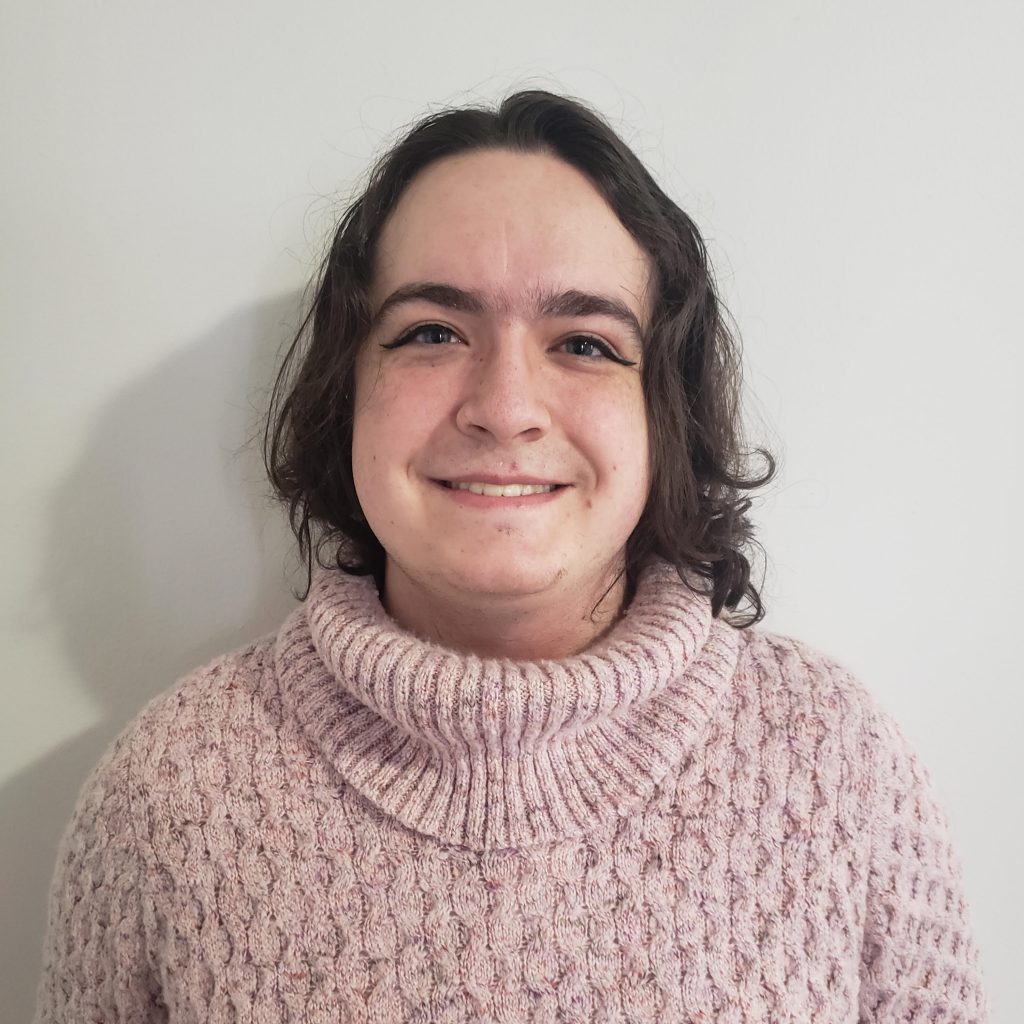Willie Simmons III, Alyssa Broderick, Amanda Broderick. These are the names of the three victims of the tragic and heartbreaking shooting in Austin over the weekend, the latest shooting to grip the United States or rather, it’s the latest shooting at the time of my writing.
If you missed the latest shooting, I honestly can’t blame you, despite how disgusting that fact is to stomach that it’s so easy to overlook such a tragedy. In fact, by the time you read this, which shooting will be the “latest” will almost certainly be different. From start to finish in writing this column the “latest” mass shooting changed three times, from a shooting in an Omaha mall on April 17 to two shootings on April 18 in Kenosha and Austin. What’s to say there won’t be three more shootings from when this column is published and when you read it? Classified as shootings involving four or more victims injured by guns, there were 45 mass shootings between March 16 and April 15, with the two highest death tolls reaching eight souls in both the Atlanta shootings on March 16 and an Indianapolis FedEx facility on April 15.
Many of us students, especially those from insular communities, may tend to overlook gun violence. We overlook this hardship and rationalize it by telling ourselves, “It could never happen to us.” Yet, in 2009, a gunman tragically killed 13 at a Binghamton immigrant counseling service center. According to the BBC, this was the 11th worst mass shooting in the United States since 1991 measured by deaths. Although many of us students were not here at the time, this tragedy serves to show gun violence, and many difficult topics, never affect you or your community — until it does.
Although it’s important to not understate the importance of gun violence in America, it’s almost important to understand the context. Mass shootings represented only 0.2 percent of deaths from gun violence in 2018. Rather, suicide was the cause of a majority of deaths. More specifically, over 24,000 or 61 percent of all gun deaths. Homicide was the next largest cause at just under 14,000 or 35 percent. This isn’t to minimize the heartbreaking nature of mass shootings but to put into perspective the abysmal and shameful suffering happening in the United States every single day which too many of us overlook.
Gun control is like a bandage — it can help prevent further complications but doesn’t heal what it’s protecting. Poverty, the drug war and poor mental health care are what drive suicides and homicides in the United States. These are the root causes that deserve just as much attention as gun control. Hypothetically, if all guns were banned, while looking past the practical nightmare this would be, we would only mask one facet of the downstream effects of realities mentioned above — poverty, the drug war and poor mental health care.
In some ways, the United States truly is unique — in its gun violence epidemic, occurrences of mass shootings, prevalence of suicide and homicides and so on. The cyclical nature of the “gun debate” results in little to no action. A tragedy strikes us, we’re offered “thoughts and prayers,” any legislation dies in committee or the Senate and the cycle repeats, over and over again. Start your timers because it is once again zero days in the United States since the last mass shooting.
Eleanor Gully is a junior triple-majoring in philosophy, politics and law, economics and French.



